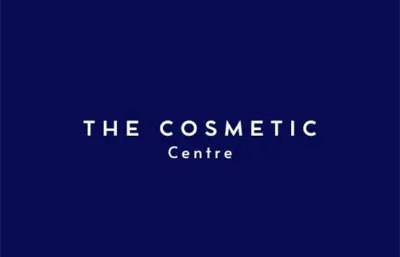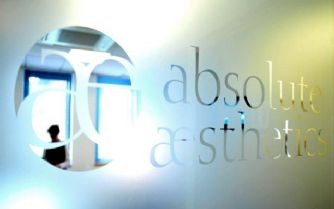The first recorded use of electricity for epilation or hair removal was by the American eye specialist Charles E. Michel in 1875 when he used an electric current to treat a condition called trichiasis. This occurs when the eyelash grows in an abnormal way and begins to irritate the eyeball. In such cases, the root of the hair follicle is destroyed and the eyelash then ceases to grow, or at least grows at a much slower rate than previously. This is now known as the galvanic treatment method.
The use of electrolysis for hair removal continued through the early part of the 20th century. Its commercial popularity as a cosmetic treatment was briefly challenged by x-ray hair removal, which was advertised as both “painless” and “harmless”; (the latter claim was subsequently disproved).
More developments in the field of electrolysis followed, including the use of many needles and a different form of electricity treatment which uses heat damage to destroy the hair follicle. This method is called diathermy, thermolysis, or short wave.
Improvements in the equipment and techniques for performing electrolysis have come about in recent years. Now, diathermy and the galvanic method are combined to give the best possible results.
Electrolysis has become a widely available treatment in many beauty salons for the permanent removal of unwanted hair for both men and women.
Electrolysis, in experienced hands, can also be used to improve the appearance of thread veins.
Although there have been significant improvements in the equipment used, electrolysis remains highly dependent on the skill of the practitioner.
Currently, needle-type electrolysis is the only method which can guarantee permanent hair removal and can be used on all areas of the body and for all skin types.
Lasers and other light sources, although widely advertised as a method for hair removal, are still only legally permitted to claim a permanent reduction in hair growth, not permanent removal.
If you are considering electrolysis, the following information will give you a basic understanding of the procedure. It can't answer all your questions, since a lot depends on the individual and the practitioner. Please ask a practitioner about anything you don't understand.





